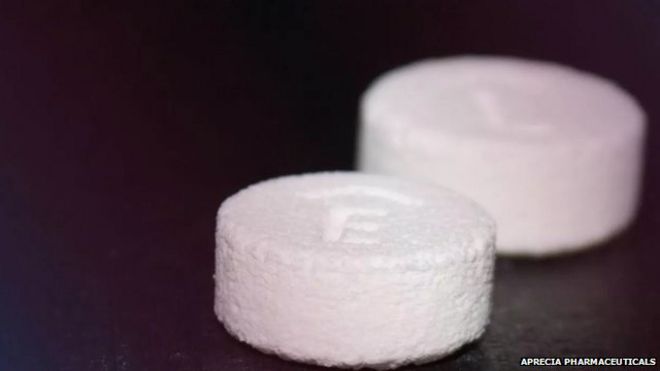
Gionee Marathon M4 comes with a 5-inch (720x1280p) HD Super AMOLED display and runs on Android 5.0 Lollipop skinned with Gionee's Amigo 3.0 UI.
Gionee has launched the Marathon M4 smartphone -- priced at Rs 15,499. The dual sim smartphone comes with a 5-inch (720x1280p) HD Super AMOLED display and runs on Android 5.0 Lollipop skinned with Gionee's Amigo 3.0 UI.
Powered by 1.3GHz quad-core processor, the phone has 2GB RAM and 16GB internal storage. Gionee Marathon M4 can also hold microSD cards of up to 32GB.
The new Gionee phone offers 5000mAh battery and comes with an 8MP rear camera with LED flash and 5MP front camera.
The phone supports 3G, 4G, GPRS/EDGE, Wi-Fi, Bluetooth, microUSB and GPS as connectivity options. The smartphone is available in black and white colours across online platforms and brick and various mortar retail outlets in India.
Specifications:
General
2G Network: Yes
3G Network: Yes
4G Network: Yes
SIM: Dual sim
Dimensions: 144.70 x 71.20 x 10.18mm
Weight: 176g
Display
Display
Size: 5-inch
Type: Super AMOLED display
Memory
Memory
Card Slot: microSD card, up to 32GB
Internal: 16GB
Data
Data
GPRS: Yes
EDGE: Yes
Bluetooth: Yes
Infrared Port: No
Camera
Camera
Primary: 8MP
Secondary: 5MP
Features
Features
OS: Android 5.0 skinned with Amigo 3.0 UI
CPU: 1.3GHz quad-core
Browser: HTML5
Radio: Yes
GPS: Yes
Colors: Black, white
Battery
Battery Capacity: 5000mAh
